The Know Maintenance Perennial Garden
ROY DIBLIK
Timber Press
PORTLAND  LONDON
LONDON
Portions of this book are based on Roy Dibliks Small Perennial Gardens: The Know MaintenanceApproach, published in 2008 by American Nurseryman.
Copyright 2014 by Roy Diblik. All rights reserved.
Published in 2014 by Timber Press, Inc.
The Haseltine Building
133 S.W. Second Avenue, Suite 450
Portland, Oregon 97204-3527
timberpress.com
6a Lonsdale Road
London NW6 6RD
timberpress.co.uk
Book design by Laken Wright
Composition and layout by Stewart A. Williams
Library of Congress Cataloging-in-Publication Data
Diblik, Roy.
The know maintenance perennial garden/Roy Diblik.1st ed.
p. cm.
Includes index.
ISBN 978-1-60469-597-7 ISBN 978-1-60469-494-9 1. Perennials. I. Title.
SB434.D3683 2014
635.932dc23
2013020403
A catalog record for this book is also available from the British Library.
This book is for Mom
Contents
Preface
As a young person growing up in Berwyn, Illinois, an older suburb of Chicago, I remember planting kohlrabi seedlings with my grandmother in the sliver of a garden alongside the garage. Each day after hanging some laundry and talking with the neighbor over our privet hedge, she would find her way to that small patch of plants and joyfully tend to them. In early summer my Bohemian grandma and her son, my dad, would sit together at the kitchen table, talking. Their time together was a celebration. He would peel and slice up the seasons first kohlrabi, and they both made sure I had a few pieces. That was their shared harvest, their crop, their connection to the past, recalling a time when the family nurtured larger gardens with relatives who had passed away or who were now living very different lives. And for me, this memory from my earliest years together with the life experiences that followedespecially my years as an outdoor education teacher in Chicago and as grounds supervisor for the St. Charles Park Districtled me to the Natural Garden Nursery in St. Charles, Illinois.
It was 1978, and I was the nurserys first employeehired not for my horticultural knowledge but for having a good Bohemian work ethic and the simple love of being outdoors. That September I planted my first perennials, 25 bare-root Campanula carpatica divisions; I surrounded each with mushroom compost and watered until both compost and soil was thoroughly wet. Every movement and moment was new to me. I made that first planting without any knowledge of what a campanula was, where it came from, who its native companions might be, and why it was loved. But it got me thinking about how little I knew about plants.
Like most folks, I was aware of our shared life with plants, their physical beauty, and their continuous contributions to our health and well-being as sources of food, shelter, and sheer joy. But I had never considered how beautifully they lived among themselves, in strong, healthy communities that have thrived on their own for millenia, with no human intervention. They share their own language, one that we have either ignored or misread. When it comes to deciding what constitutes the good life, our own needs and self-importance have prompted us to drown out and speak for other living beings.
This book is my opportunity to encourage youthe reader, the homeowner, the ecologist, the environmentalist, the youth, the partner, the elderto listen to the language of plants, to learn what they are and what they need. Go outside, get away from the world of human-dominated activity, and garden.
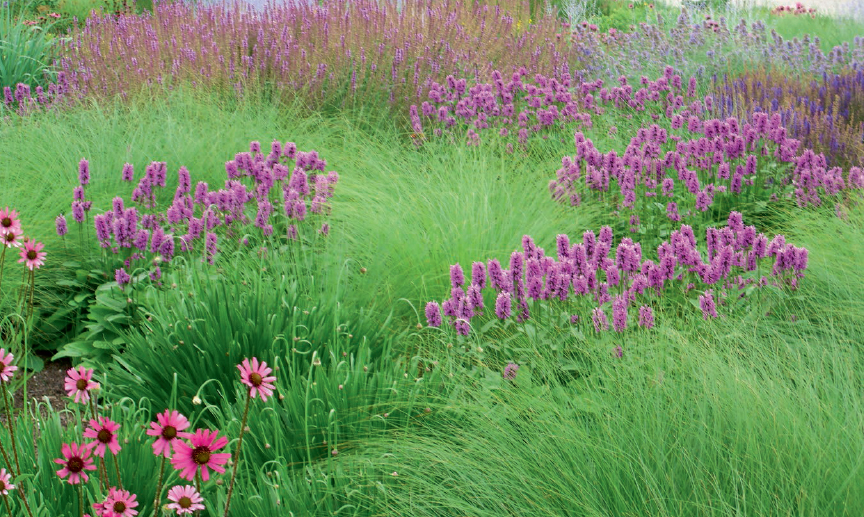
Health and beauty flourish together in a close-knit, diverse plant community, whether in a garden or in nature.
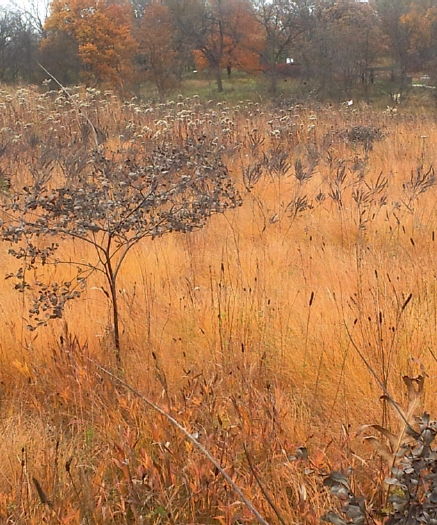
The restful mid-November beauty of a true prairie restoration, the Schullenburg Prairie at the Morton Arboretum, Lisle, Illinois.
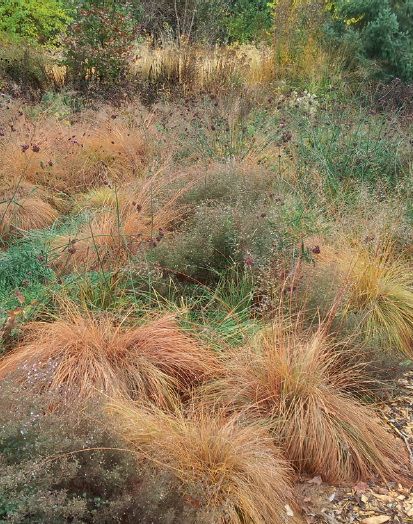
The gentle, soft brown texture of Sporobolus heterolepis, the narrow blue foliage of Carex flacca, and the mounded gray-brown of Calamintha nepeta together create a similar expression of autumns prairie beauty.
Introduction
This book is about gardening in a new wayone that is in harmony with how plants grow and interact with each other in nature. All it requires from you, the reader, is that you come to know your plants. Once you acquire that knowledge, you will discover that you actually need to spend far less time maintaining them, because they exist in largely self-sustaining communities. I call this new way of gardening the Know Maintenance approachand it can be applied to everything, not just the garden. Simply consider whether you can care for something before you add it to your daily activities. If you cant, you wait until youre able to.
All the plants featured in the book are perennials; all have a very generous, forgiving nature and can have a good life in many parts of our country (broadly speaking, its northern half). I have used only perennials for two reasons. The first is simple: these are the plants I know and grow well. Secondly, I believe perennials provide a solid beginning, middle, and end for durable, diverse, beautiful gardens. In the next few chapters, as you become familiar with the approach, you will start to recognize how and when you can add annuals, vegetables, herbs, shrubs, trees, and containers to these perennial plant communities.
But before I turn to the various aspects of my perennial garden system, we need to look at traditional gardening practices, the source of so much frustration and so many false starts and unfulfilled promises. They have given gardening an undeserved reputation for being difficult and time-consuming. Think about how these practices have evolved over the years. They were designed for specific kinds of plants and site conditions, everything from agricultural crops to bedding annuals, perennials, groundcovers, shrubs, and trees. The problem is, over the last fifty years these well-defined cultural practices have been homogenized into common tasks that are now applied indiscriminately to all types of plants and landscapes. As a result, what is routinely done in most gardens has become less life-enhancing and more overwhelming to both the plants and the gardener. Doesnt look very good, either.
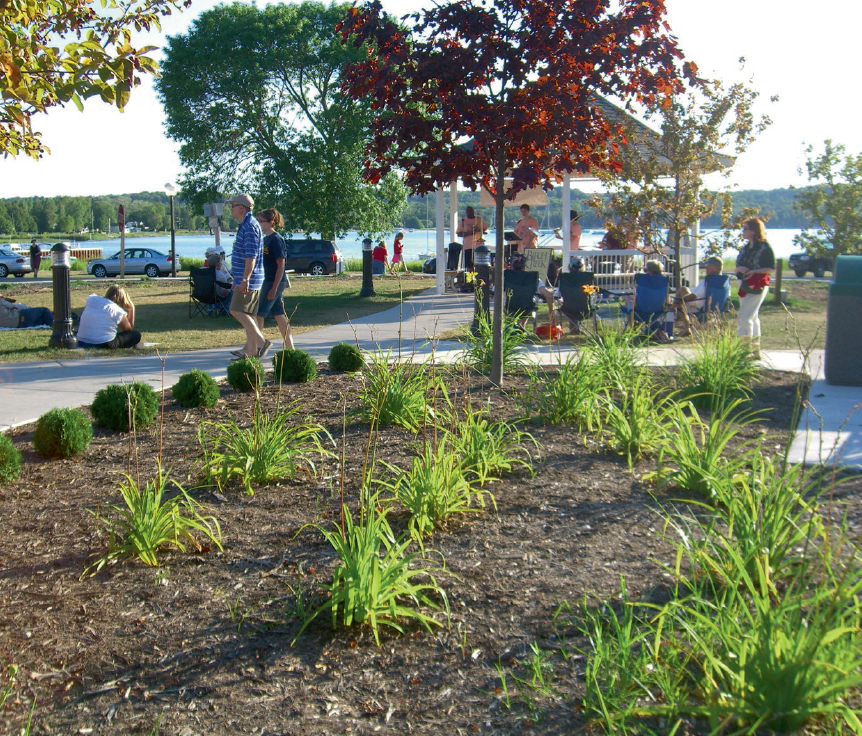
Here is the default American planting look: wood-chip mulch with plants spaced wistfully apart, eliminating the beauty of intimate plant relationships. America the Beautiful is now just the land of the neat and tidy.

Too many homes in too many neighborhoods look like this. These traditional landscapes of evergreens, deciduous shrubs, and lawn require a lot of maintenance. Is it possible our yards could be more beautiful and the time we spend in them more gratifying?
Here are a few common actions or stances that are detrimental to healthy perennial plantings or that inhibit the plants full potential:
Next page
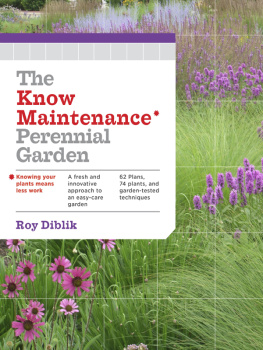
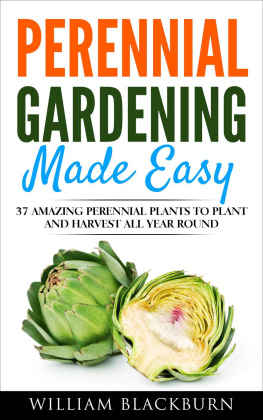
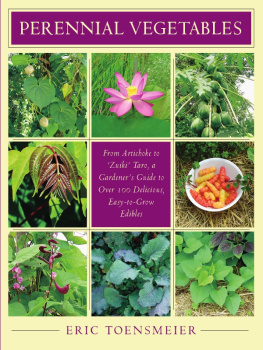

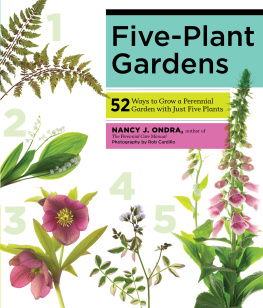
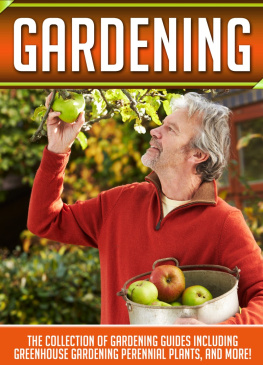
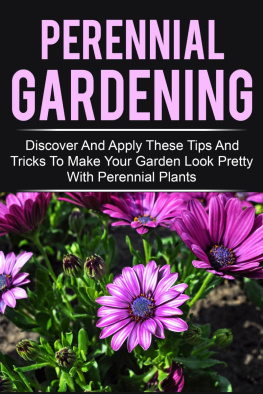
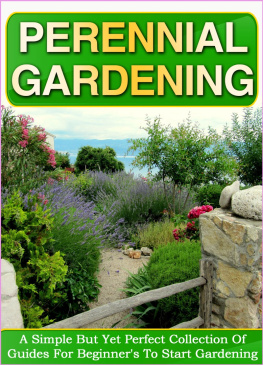
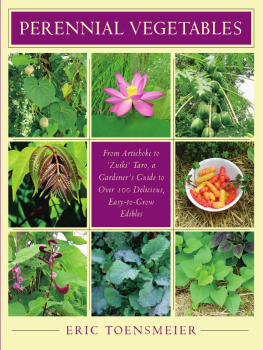
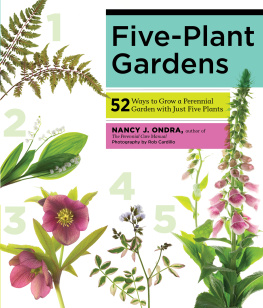
 LONDON
LONDON



